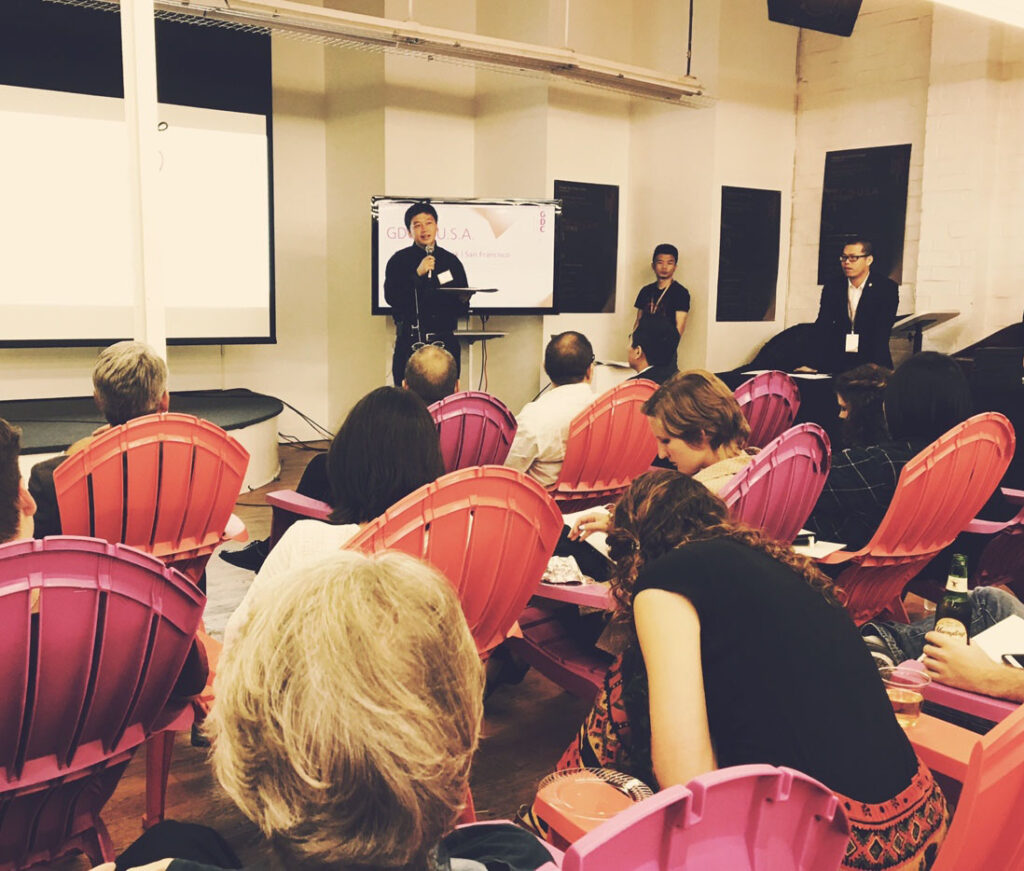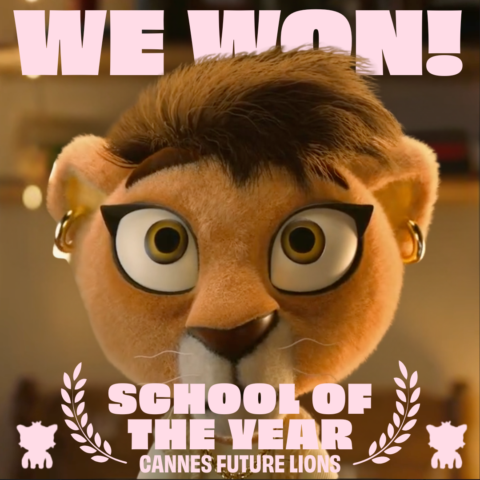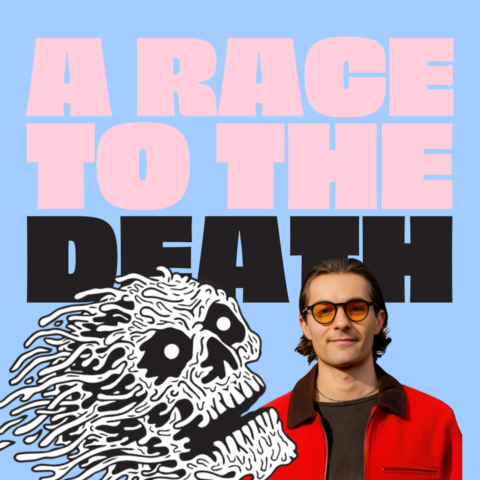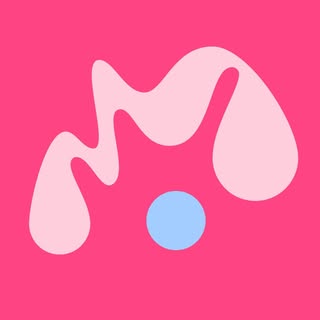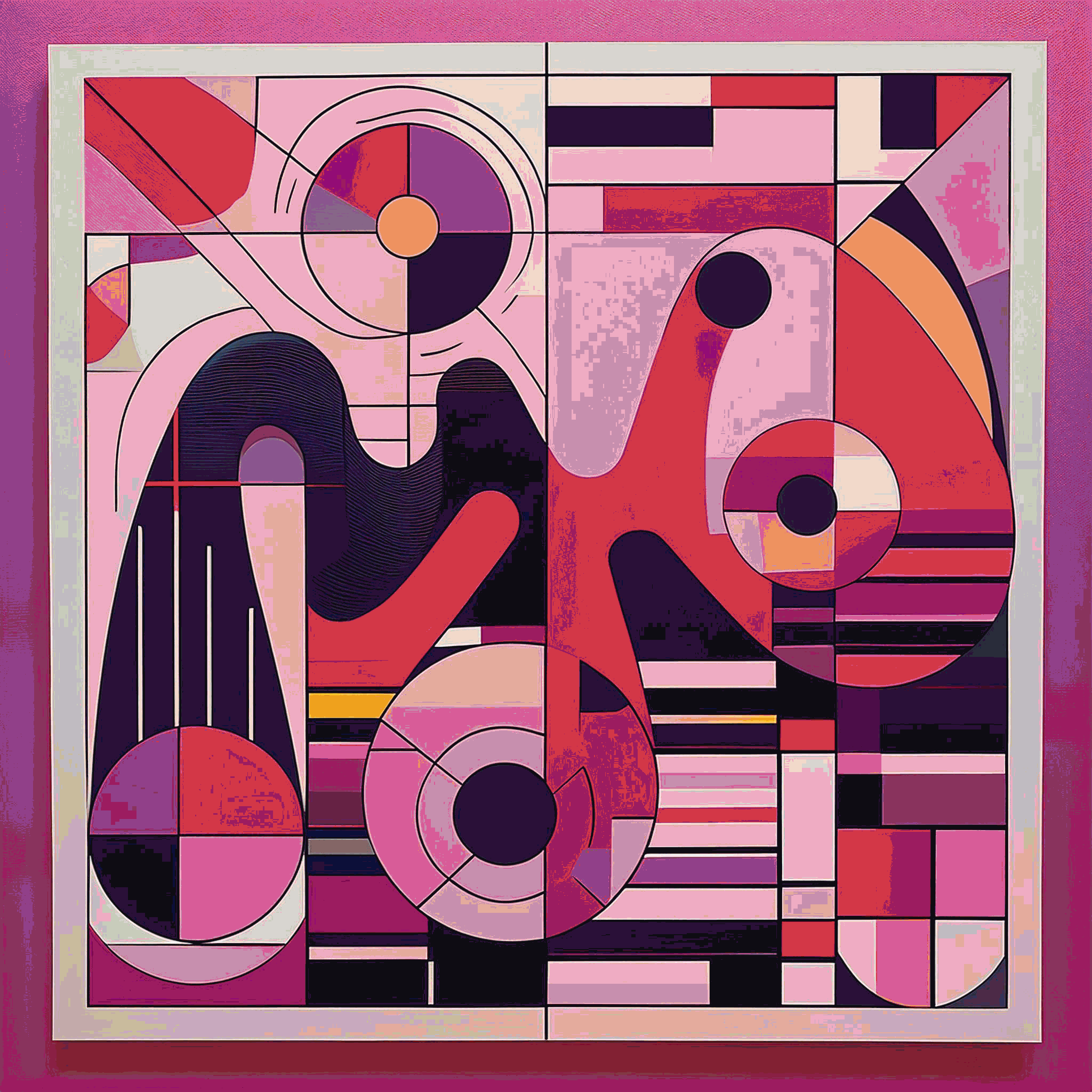
The Age of Creativity: 4 Incredible Creative Projects From 2020 (So Far)
The 4th is coming up. And as Americans across the globe celebrate against an unprecedented backdrop of change and confusion, at MAD we have something on our mind: the role creativity (and creative freedom) can play in building a better future.
There's a longstanding and persistent myth that creative pursuits are frivolous. Some see the arts as a nicety—a place to find some thrills after the real work is taken care of. "Sure", they say, "study Art Direction...just make sure you have something solid to fall back on".
That way of thinking has never been so clearly wrong.
So far in 2020, we've seen turmoil across the world—at home and abroad. And in every case, from wildfires to pandemics, we've seen the power of concerted creative energy to chart a path forward.
So in honor of July 4, let's take a look at 4 of the best so far this year:
1. Robo-Docs
Naturally, a global pandemic pushes the medical establishment to its absolute limit. Doctors and caregivers around the world are under unprecedented stress, doing battle with a disease we don't yet fully understand.
One of the bright spots, though, has been a new ally for doctors: the Microsoft Hololens.
The Hololens is one of the more wild pieces of technology you can buy today. It's a device that makes augmented (or mixed) reality possible: think of the heads-up display in Iron Man's helmet.
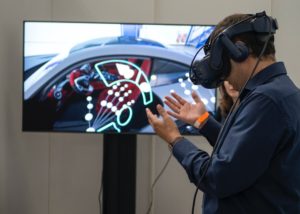
Now, as noted by The Economist, among others, doctors in the UK (and around the world) have been experimenting with augmented reality as a method to treat COVID-19 patients.
The idea is fairly simple: by wearing a VR headset like the Hololens and sending the footage to technicians off-site, doctors can benefit from the expertise of medical technicians in real time...without said technicians risking infection.
It will be exciting to watch this development as it continues through the rest of the year, and beyond. Heads up displays could well become the next big thing in consumer technology.
2. Numb - The Art of Isolation
Art doesn't end in quarantine. If anything, it seems to thrive.
We've seen countless examples of incredible creative outcomes from the past few months of social distancing. For only one example, look no further than this masterpiece of short filmmaking, from a Grade 9 student in Ontario, Canada.
It's genuinely inspiring to see young people react to crisis with an outpouring of creative energy. And though a short film may not offer an immediate solution to the ongoing dangers, it no doubt helps us to connect.
At a time like this, that's more important than ever.
3. Accelerating a Cure
Now this one is wild...and somewhat difficult to understand (unless you happen to speak artificial intelligence).
The Canadian start up Cyclica has a novel idea: using AI to help researchers find functional, FDA-approved drugs that might offer a shortcut to developing an effective vaccine for COVID-19.
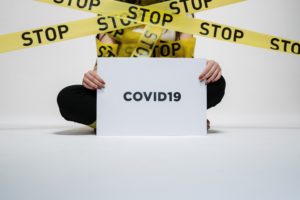
It's an idea that emphasizes collaboration as opposed to a "race for the cure". And the ways their using AI to augment natural human abilities might offer a roadmap for the future—not replacing human ingenuity, but rather allowing smart people to be even more effective.
As the leading scientific journal Nature put it, "That kind of approach could lead to a virtuous cycle in drug discovery in which AI helps elucidate areas where researchers need to look for targets and drugs."
4. Tomorrow's On Fire
Of course, COVID-19 isn't the only thing that's happened this year—although it may feel like it. Just a few short months ago the biggest story on Earth were the devastating wildfires laying waste to huge swathes of the Australian countryside.
At the time, it felt like a wake-up call to all of us, prompting thought about human impact on the world around us. Amplifying those feelings, the Australian director Darcy Prendergast made this moving film about just that: how unchecked human activity puts life itself in increasing danger.
It's a serious wake-up call. It's also a message that can only be delivered through art. Of course, the hard sciences have a role to play—they inform us as to the extent and magnitude of the problem we face. But we need a human connection to care. That's just how we're wired. And with his piece, Darcy Prendergast delivers that connection in spades.
Here's hoping we all listen.
The World Needs More Creatives
Those examples make it clear: when the world gets messy we need more creativity...not less.
But in order to make that a reality, we need to change our thinking about creative pursuits.
Back in 2006, Ken Robinson gave the most-watched (and maybe most loved) TED Talk of all-time. The message? That our formalized early education system is killing creativity.
It's hard to disagree. Whether it's standardized testing that drives students up the wall, or rigid curriculums that back teachers into a corner, we seem to have developed an idea of school that functions more like a factory than as breeding ground for ideas and confidence.
The question is: what's the cost?
As Ken Robinson puts it, "Creativity is as important as literacy and we should afford it the same status”. He's right. It's becoming increasingly clear that innovation is what sets great organization apart in the 21st century. And as Robinson points out, the creativity that drives those world-changing ideas doesn't come from narrow technical skill (although they may be important): it comes from combining existing knowledge in new and interesting ways.
Innovative people come in all shapes and sizes, but in most every case they share two common traits: a diverse range of interests, and a talent for combining those interests in ways that no one could possibly have imagined.
To put it simply: creativity itself is a skill. It's not an innate quality only gifted to a select few—it's a talent that's developed through practice and experience.
How Can We Develop Our Creativity?
So if creativity is so important in today's world, and if the education system fails to encourage it in young people, how can we develop that side of ourselves?
Nearly 70 years ago, the great advertising innovator James Webb Young said, "An idea is nothing more or less than a new combination of old elements". That definition holds up today. The people who innovate best aren't necessarily narrowly focused technicians—they're curious minds, with a passion for learning and finding patterns.
That's what we train our students to do. And we don't do it just by reading or lecturing. You don't learn to drive a car by reading a book about it—you drive the car. The same goes for any creative enterprise.
Benjamin Franklin said, "Tell me and I forget. Teach me and I remember. Involve me and I learn."
He was perhaps the greatest thinker of his time. And as we see, he had a point: it's impossible for human beings to learn through sheer bloody-minded lecturing and repetition. True learning comes from hands-on experience.
At MAD, that might be our single most fundamental belief.
Those 4 projects we highlighted didn't come about by accident. They are the result of a concerted effort to approach problems creatively. They are what happens when creative individuals work to hone their craft.
In honor of that, we'll spend the rest of 2020 teaching budding creatives to do just that. And then we'll continue doing that every year after. That's why we exist.
Happy 4th of July.
